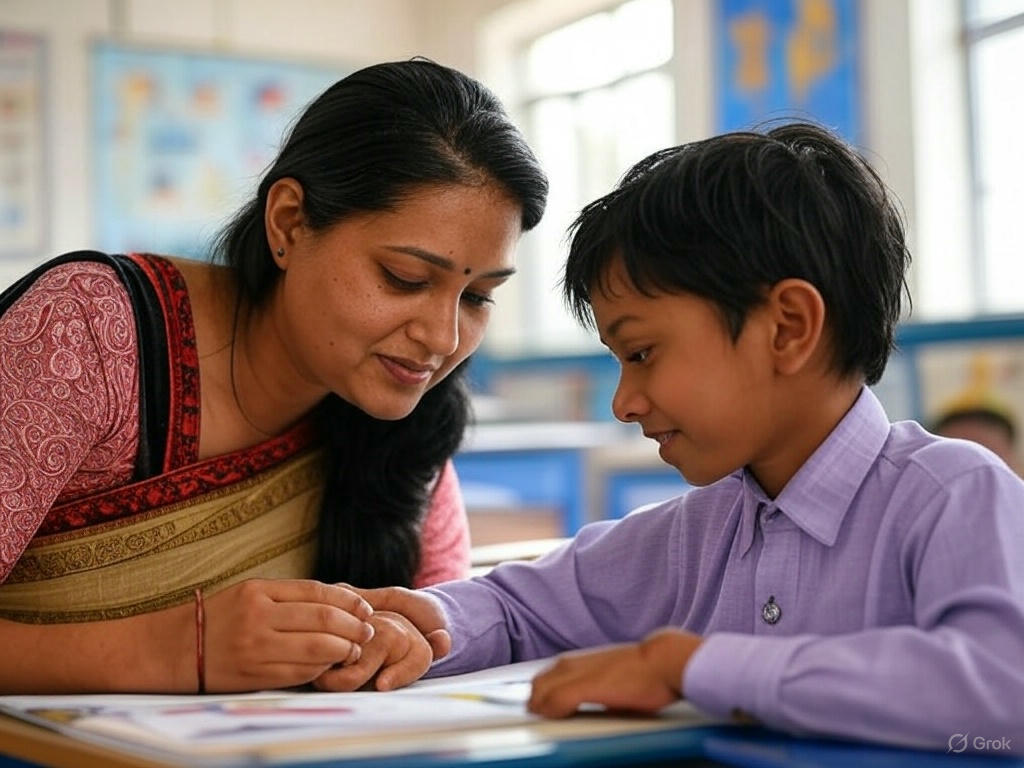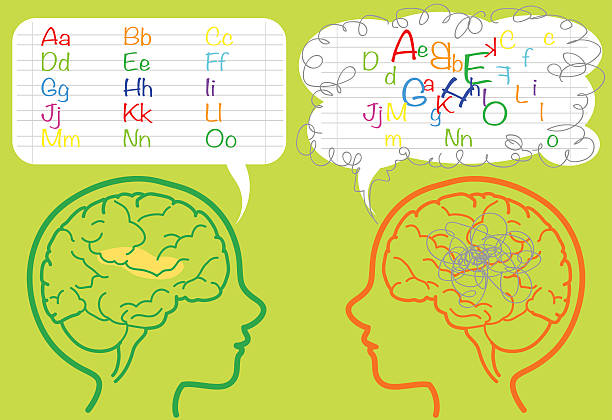Table of Contents
“Connecting Minds: Parent-Baby Eye Contact Synchronizes Brainwaves.”
Introduction
Parent-baby eye contact in kids is a fundamental aspect of early social interaction that plays a crucial role in cognitive and emotional development. Recent research has revealed that this shared gaze not only fosters bonding but also aligns brain activity between the parent and the infant. This synchronization of neural patterns during eye contact enhances communication, supports learning, and strengthens the parent-child connection. By establishing a mutual focus, parent-baby eye contact creates a dynamic feedback loop that facilitates the exchange of emotional cues and information. This lays the foundation for healthy social and cognitive growth.
The Science Behind Parent-Baby Eye Contact: How It Synchronizes Brain Activity
Understanding Eye Contact in Kids: A Key to Emotional and Social Development
The connection between a parent and their baby is one of the most profound relationships in human life. Science continues to uncover the mechanisms that underpin this bond. Among the many ways parents and infants communicate, eye contact stands out as a particularly powerful tool for fostering emotional and cognitive development. Recent research has revealed that when parents and babies engage in mutual eye contact, their brain activity becomes synchronized, creating a unique state of neural alignment. This facilitates learning, social interaction, and emotional connection.
At its core, eye contact serves as a nonverbal form of communication that conveys attention, affection, and understanding. For infants, who are still developing their verbal and motor skills, eye contact becomes a critical means of connecting with their caregivers. Studies using electroencephalography (EEG) have demonstrated that when a parent and baby lock eyes, their brain waves align in frequency and timing. This synchronization enhances information exchange, creating a shared neural state that supports the baby’s ability to process and respond to stimuli.
In essence, eye contact acts as a bridge, allowing the parent’s brain to guide and influence the baby’s developing neural networks. The implications of this brain synchronization are profound. It plays a key role in the baby’s ability to learn from their environment. When a parent and baby are in sync, the parent’s actions and expressions become more salient to the infant, making it easier for them to interpret and imitate behaviours.
Over time, repeated instances of neural synchronization can help shape the baby’s brain architecture, laying the foundation for long-term cognitive and emotional development. For example, consistent eye contact during early infancy is associated with better attention regulation and stronger social skills later in life.
Building Emotional Bonds Through Eye Contact: Insights Into Parent-Baby Neural Connection
Eye Contact in Kids: Its Importance for Development
Understanding eye contact in kids is essential for fostering strong parent-child relationships, as it enhances emotional engagement and communication efficiency.
Understanding eye contact in kids is essential for fostering strong parent-child relationships. It enhances emotional engagement and communication efficiency. Eye contact is one of the most fundamental ways humans connect. Its significance is particularly profound in the relationship between parents and their babies. Recent research has illuminated the remarkable role of eye contact in fostering emotional bonds. It not only strengthens interpersonal connections but also aligns brain activity between parent and child.
This synchronization of neural activity during moments of shared gaze underscores the importance of early interactions in shaping emotional and cognitive development. When a parent and baby lock eyes, a unique form of communication takes place. Although infants lack the ability to articulate their thoughts and feelings verbally, their gaze serves as a powerful tool for expressing needs, emotions, and curiosity.
Parent-Baby Eye Contact And Cognitive Development: Unlocking The Power Of Shared Brain Activity
Parent-baby eye contact is a fundamental aspect of early social interaction and serves as a powerful mechanism for fostering cognitive development. This seemingly simple act of mutual gaze strengthens emotional bonds and aligns brain activity between parent and child. This creates a synchronized neural connection that supports learning, communication, and emotional regulation.
When a parent and baby engage in eye contact, their brains exhibit a remarkable phenomenon known as neural synchrony. Studies using advanced neuroimaging techniques have demonstrated that during these interactions, the brain waves of both individuals become aligned, particularly in regions associated with social cognition and language processing. This synchronization facilitates the exchange of information and enhances the baby’s ability to interpret and respond to social cues.
Research on Eye Contact in Kids
Studies show that eye contact in kids significantly impacts their ability to develop empathy and social skills, which are critical for their future interactions.
Encouraging eye contact in kids from a young age helps build confidence and emotional intelligence, which are vital for their overall development.
Q&A
1. **What is Parent-Baby Eye Contact Aligns Brain Activity?** Parent-baby eye contact refers to the synchronization of brain activity between a parent and their baby during moments of mutual gaze, fostering communication and emotional bonding. 2. **How does eye contact affect brain activity?** Eye contact triggers neural synchronization, aligning brain waves in regions associated with social interaction, attention, and learning, enhancing shared understanding and connection. 3. **Why is this important for development?** This alignment supports early cognitive and emotional development, aiding language acquisition, social skills, and the formation of secure attachment between parent and baby.
Practising eye contact in kids during everyday interactions can promote their ability to communicate and connect with others effectively.
Importance of Eye Contact in Kids
Encouraging eye contact in kids strengthens emotional bonds, fostering trust between the infant and caregiver that lasts a lifetime.
Eye contact in kids plays a vital role in developing social skills. It promotes engagement between children and caregivers, ensuring emotional exchanges that are crucial for healthy development.
Practising eye contact in kids during everyday interactions promotes their ability to communicate and connect with others effectively.
3. **Why is eye contact important for eye contact in kids?** It helps them interpret social cues and develop emotional intelligence from an early age.
2. **What age should I start encouraging eye contact in kids?** Start from infancy, as early interactions set the stage for future social skills.
In summary, fostering eye contact in kids is crucial for emotional bonding and supports their cognitive development, paving the way for successful future interactions.
Eye contact in kids plays a vital role in developing social skills. It promotes engagement between children and caregivers, ensuring emotional exchanges that are crucial for healthy development.
1. **How can I promote eye contact in kids?** Simple strategies include using their name when speaking and maintaining eye contact during conversations.
Conclusion
Parent-baby eye contact aligns brain activity by synchronizing neural patterns between the two, fostering emotional bonding, enhancing communication, and supporting cognitive and social development in infants. This shared gaze creates a foundation for learning and connection, emphasizing the importance of mutual engagement in early parent-child interactions.




Good
Very good